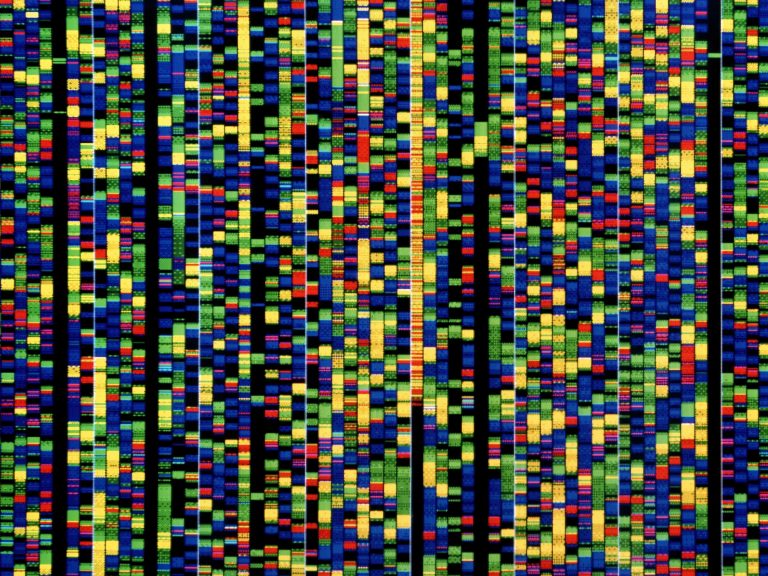
A breakthrough in the field of biomedical engineering has been achieved by researchers at Tufts University, who have successfully tested a new type of artificial cells that can self-assemble and repair damaged neurons. These cells, dubbed “anthrobots” by the scientists, are made of synthetic DNA and protein molecules that can mimic the functions of natural cells.
The anthrobots can communicate with each other, form complex structures, and respond to external stimuli. They can also sense and repair neuronal damage, which could have implications for treating neurological disorders and injuries.
The study, published in the journal Nature Communications, describes how the anthrobots were able to form functional neural networks in vitro and in vivo, and how they were able to restore the electrical activity of damaged neurons in a mouse model of spinal cord injury.
Register for Tekedia Mini-MBA edition 18 (Sep 15 – Dec 6, 2025) today for early bird discounts. Do annual for access to Blucera.com.
Tekedia AI in Business Masterclass opens registrations.
Join Tekedia Capital Syndicate and co-invest in great global startups.
Register for Tekedia AI Lab: From Technical Design to Deployment.
The anthrobots were able to integrate with the host tissue and form synaptic connections with the native neurons, as well as secrete neurotrophic factors that promote neuronal survival and regeneration.
The researchers say that their work “opens the way to personalized medicine” by creating artificial cells that can adapt to the specific needs of each patient. They envision that the anthrobots could be used to deliver drugs, gene therapies, or stem cells to targeted areas of the brain or spinal cord, or to create biohybrid devices that can interface with the nervous system. They also hope that their work will inspire new ways of thinking about the design and engineering of synthetic life forms.
Some other possible applications of anthrobots include:
- Creating artificial organs or tissues that can replace or augment the function of damaged or diseased ones.
-
Developing biosensors or biocomputers that can process information and perform tasks using biological logic and memory.
-
Engineering novel biomaterials or biocatalysts that can perform chemical reactions or synthesize molecules with high efficiency and specificity.
-
Exploring the origins and evolution of life by creating synthetic organisms with different properties and behaviors.
“This is a novel approach to creating living machines that can perform complex tasks and interact with their environment in a dynamic and intelligent way,” said Dr. Michael Levin, professor of biology and director of the Allen Discovery Center at Tufts University, and senior author of the study.
“We are not just building machines, we are creating new forms of life that can learn, evolve, and self-organize. This could lead to a revolution in biotechnology and medicine.”
The future of anthrobots is uncertain but promising. The researchers plan to further optimize the performance and functionality of the anthrobots, as well as to explore their potential applications in various fields of biotechnology and medicine.
They also aim to address the ethical and social implications of creating and using artificial life forms that can self-organize and evolve. They hope that their work will contribute to the advancement of science and humanity, as well as to the understanding of life itself.



